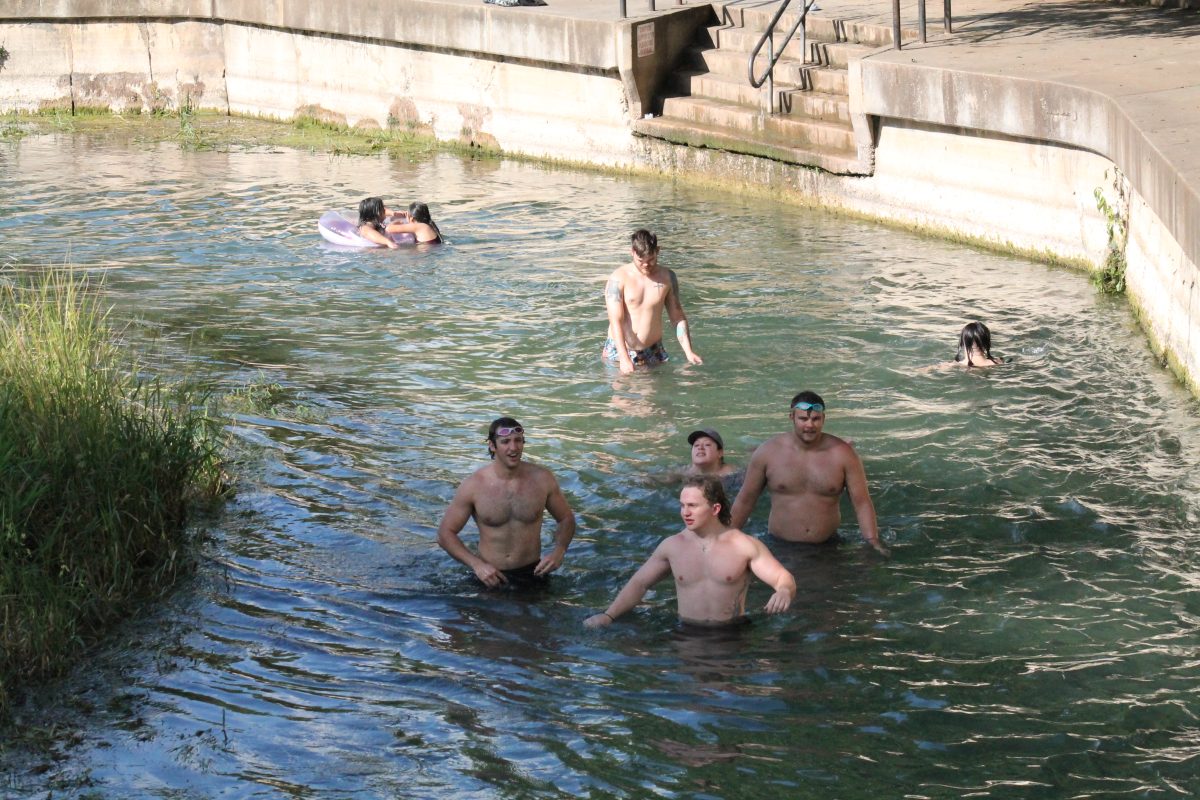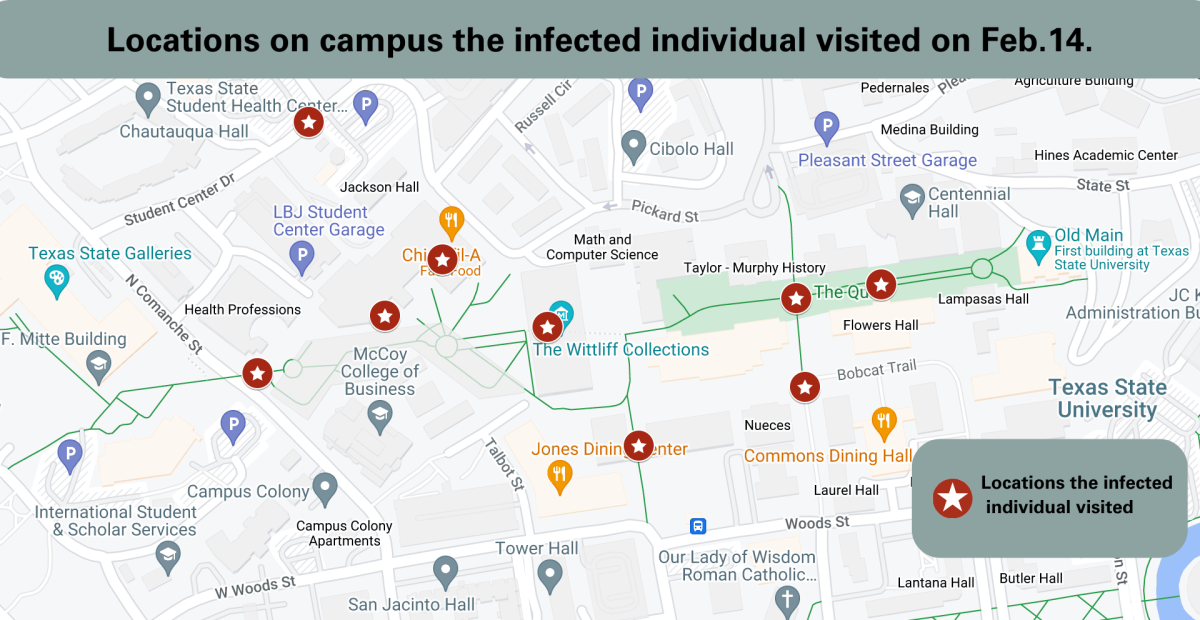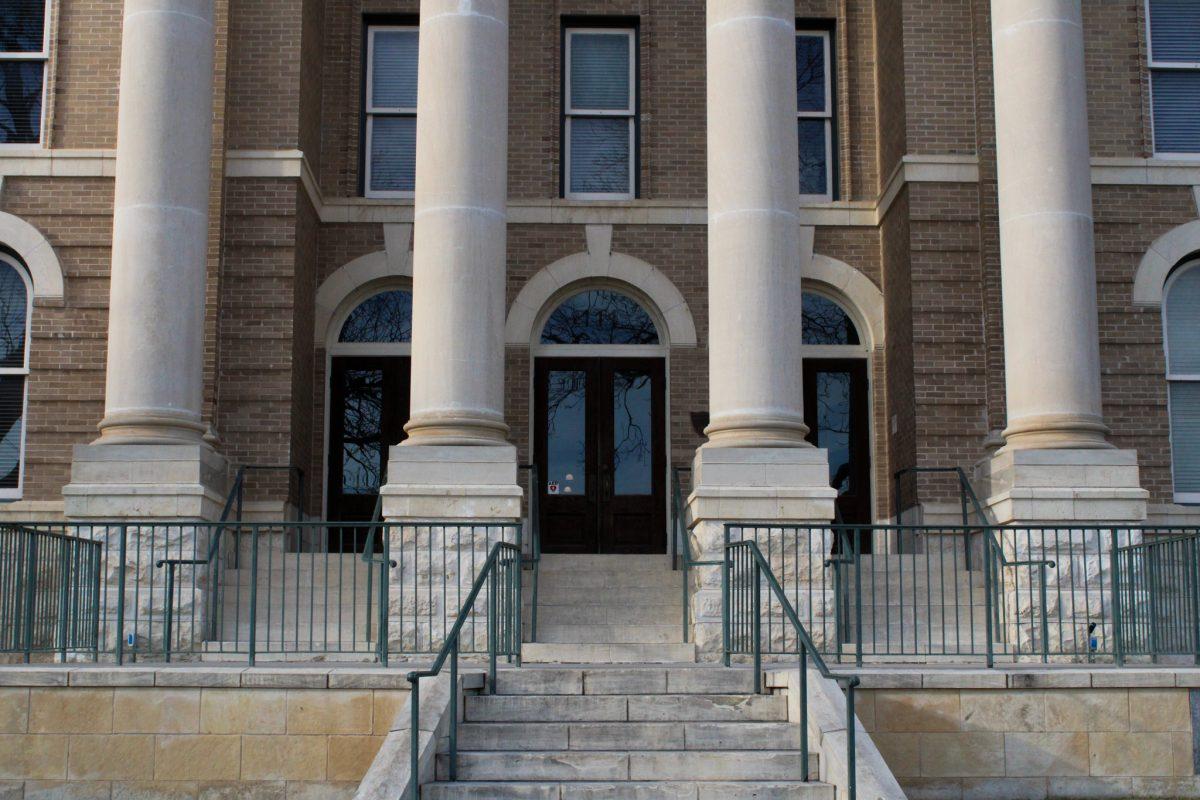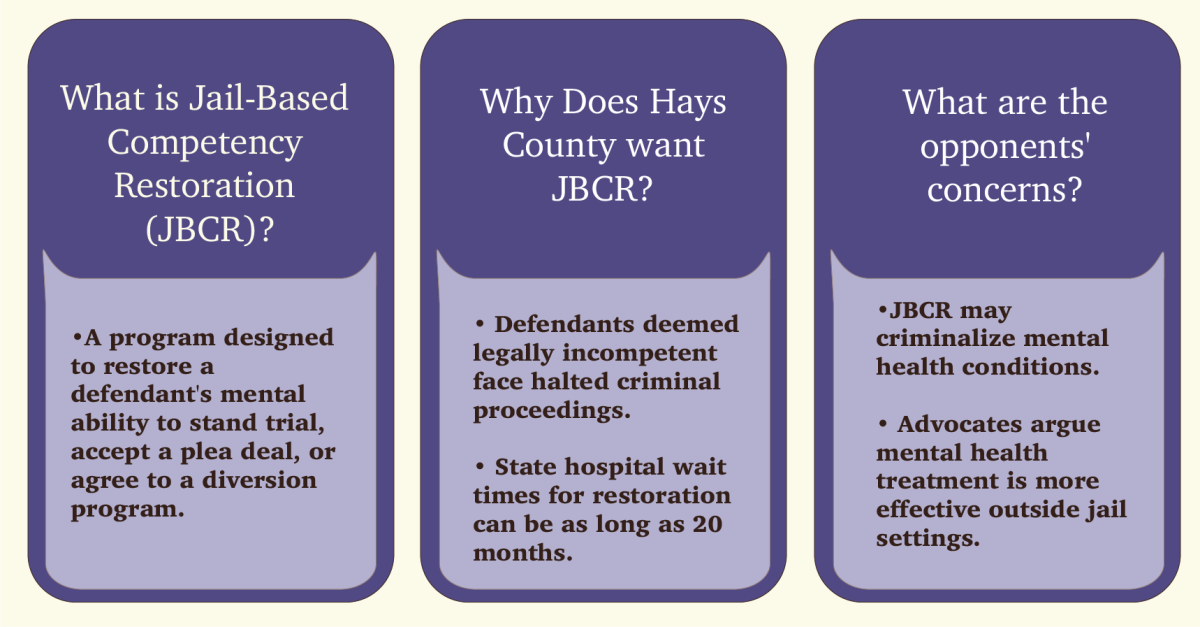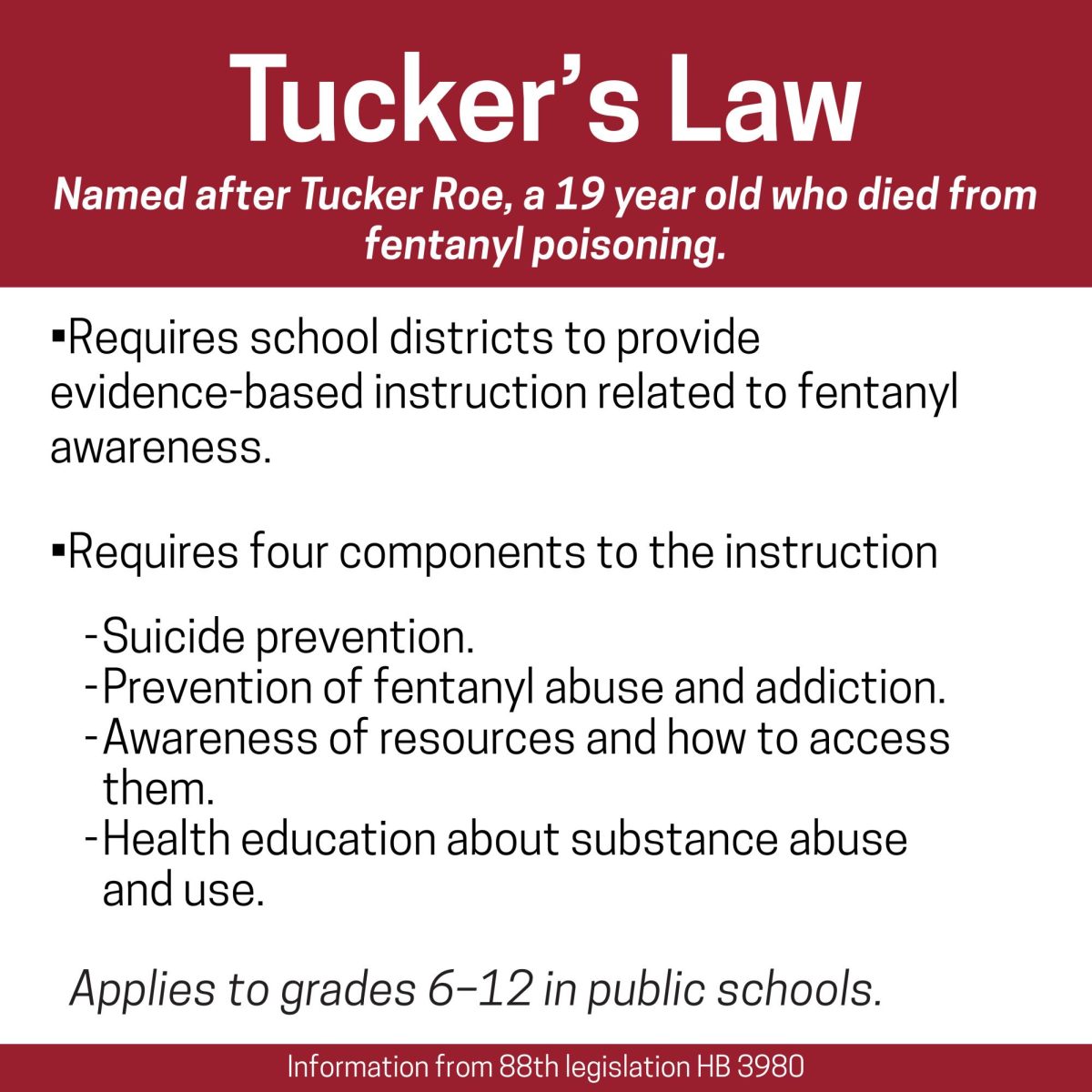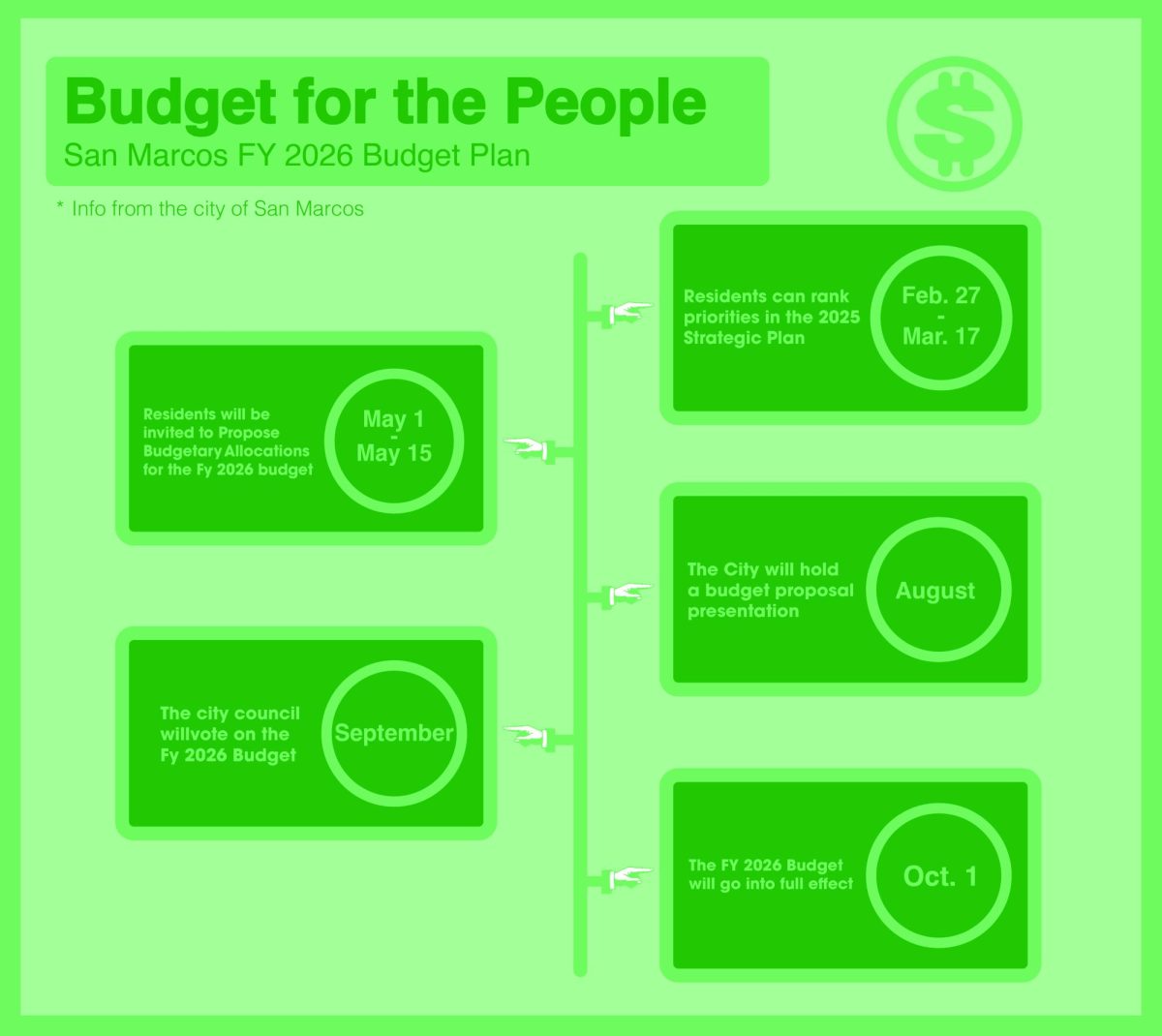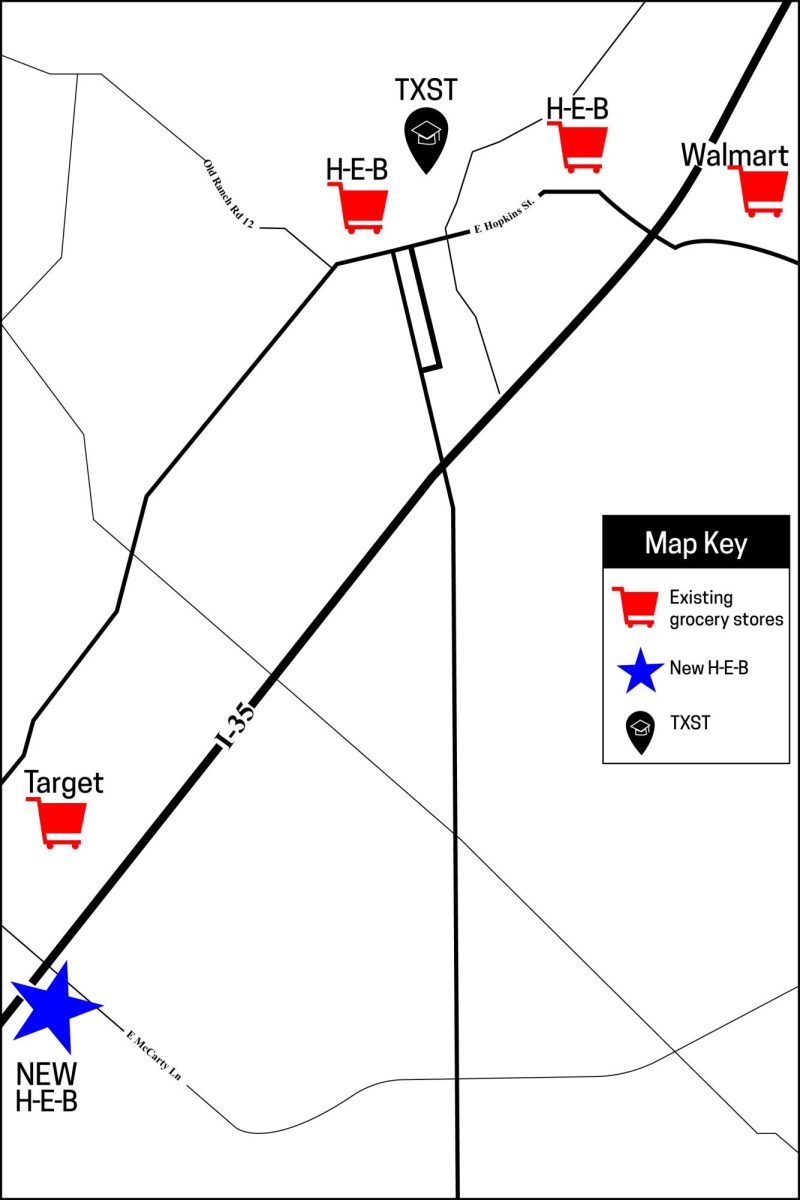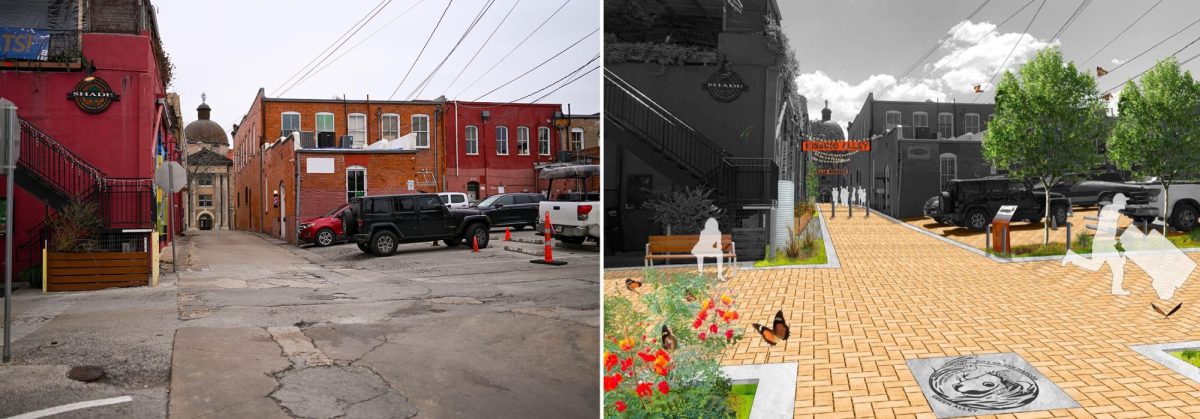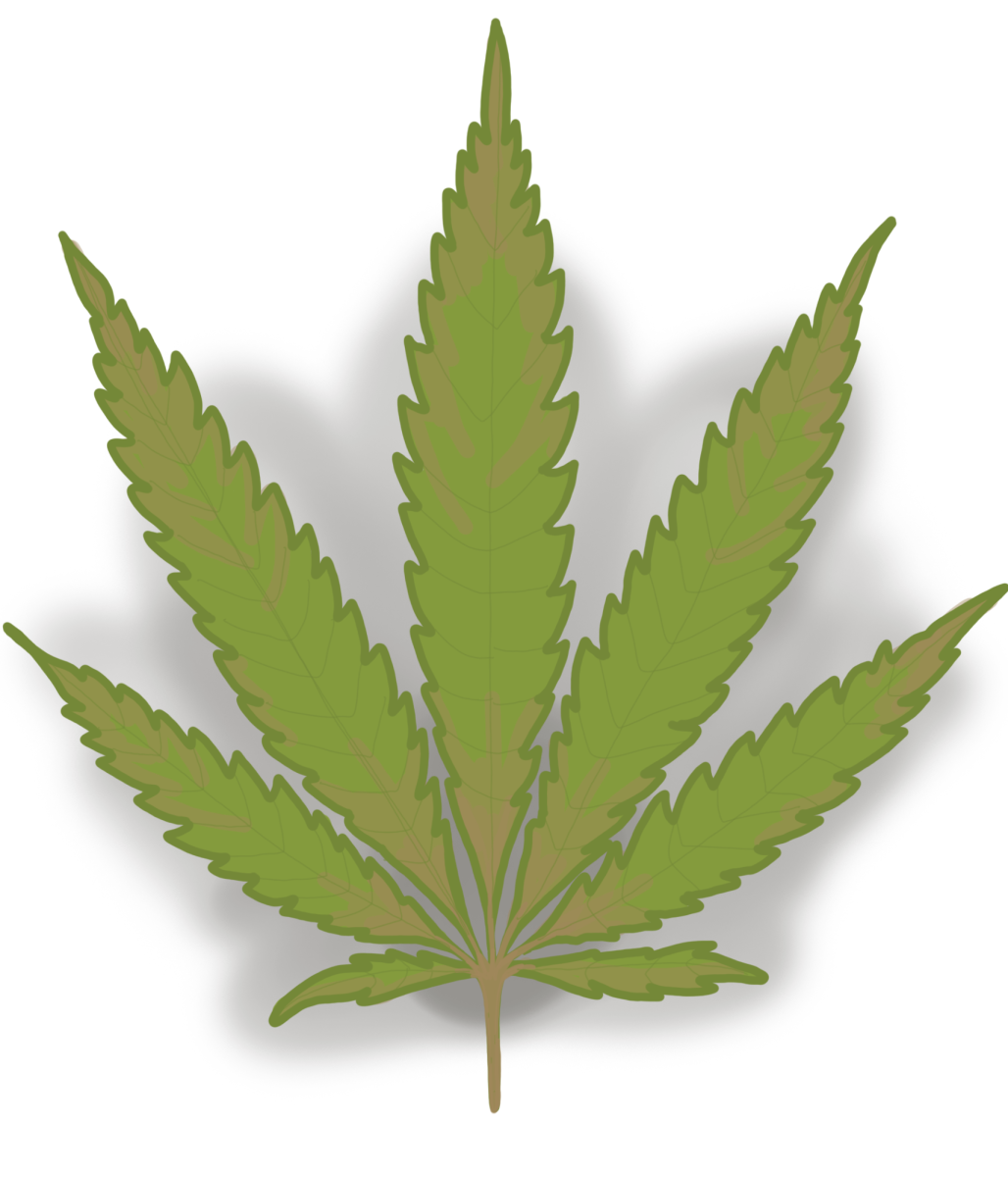On July 2, San Marcos entered in to Stage 3 of drought restrictions. This decision was a response to low water levels of Edwards Aquifer which impacts many areas of the city, including the San Marcos River.
Edwards Aquifer is the source of water for the San Marcos River. However, with the levels of the aquifer dropping, the river is also seeing these same dire effects.
“The less water we have in the aquifers the less pressure there is and the less water flow there is into Spring Lake which then affects how much water we see in Sewell Park, City Park and downstream past that,” Virginia Parker, executive director of the San Marcos River Foundation, said.
According to Robert Mace, executive director of the Meadows Center, this summer is different than most as the flow of the water has dropped significantly compared to past summers.
“Right now, the flow is about 76 cubic feet per second and for this time of year our average flow is typically 187 cubic feet per second, so we’re much lower than the average flow this time of year,” Mace said.
The low levels of the river has adverse effects on the ecosystem and the community of San Marcos. One of the aspects of the ecosystem that is being affected is the Texas wild rice, which only grows in the San Marcos River. The rice relies on cool water from the river to survive. The low levels, however, put it at risk.
“Upstream we get the cooler temperatures because the water is coming fresh out of the Edwards Aquifer so that’s why we have that 72 degrees year-round because it’s so close to the source of the springs,” Parker said. “That temperature is really important for the endangered species. For example, the Texas wild rice only grows within a few miles of the San Marcos springs because it is so dependent on clean and cool fresh water flowing in order to keep it alive.”
Not only is plant life being put at risk for destruction but the low levels are allowing the presence of unwanted species to grow, one of which is algae.
“We have low flows and hot temperatures right now which is algae’s perfect storm,” Parker said. “Algae leads to lower dissolved oxygen numbers which isn’t great for the river because in some situations it can lead to fish kills.”
Humans can also have an impact on the rice as people are walking in the river rather than swimming which can trample the rice and possibly hurt it.
Low levels has made river-goers nervous as now their footprint is seen more clearly.
“I am worried about the river as [the low levels] are taking away the experience of swimming in it because not only do I feel worried about plant life and wildlife, I’m also worried about what’s going to happen if we can’t regain the level that we were at before,” Catherine Pasemann, a horticulture junior, said.
According to Mace, currently the outlook for river levels over the next few months does not look promising as the levels seem to be likely to stay low, but with changing weather patterns in the future, the river may be able to recover.
“The good news is we’ve transitioned from La Niña conditions, which we’ve been in for the last three years causing warmer and drier conditions, to El Niño conditions, which tend to have wetter than normal conditions,” Mace said.
While humans can have a negative impact on the river, they are important in ensuring that the river can survive and be kept up with. According to Parker, a balance is needed to ensure that the river is taken care of but not destroyed.
“The only way to protect something is for people to love it, so recreation is a great thing,” Parker said. “But there is a balance between loving something and then loving it to death… People definitely have an impact on the river and what is living in the river.”
Parker recommends that while it may be easy to walk on the surface of the river due to the low levels, people need to avoid doing so as it can have an impact on the wildlife.
“Don’t walk on the wild rice… it’s endemic to the San Marcos River, it doesn’t grow anywhere else and so we really have to protect it because it is one of the main reasons we have a flowing river,” Parker said.
Mace also recommends that people treat the river with respect including throwing away trash, strapping down their belongings and not tampering with the life at the river.
“Remember that the river is also somebody’s home,” Mace said. “You can still have a good time and enjoy the cool water without pulling up plants or digging in the bottom of the river.”
For more information and updates on the San Marcos River, visit https://sanmarcosriver.org/
Categories:
Low level of San Marcos River caused by drought
Blake Leschber, News Editor
July 14, 2023
Sewell-goers walk in the river due to low river levels, Saturday, July 8, 2023, at the San Marcos River in San Marcos
0
Donate to The University Star
Your donation will support the student journalists of Texas State University. Your contribution will allow us to purchase equipment and cover our annual website hosting costs.
More to Discover



